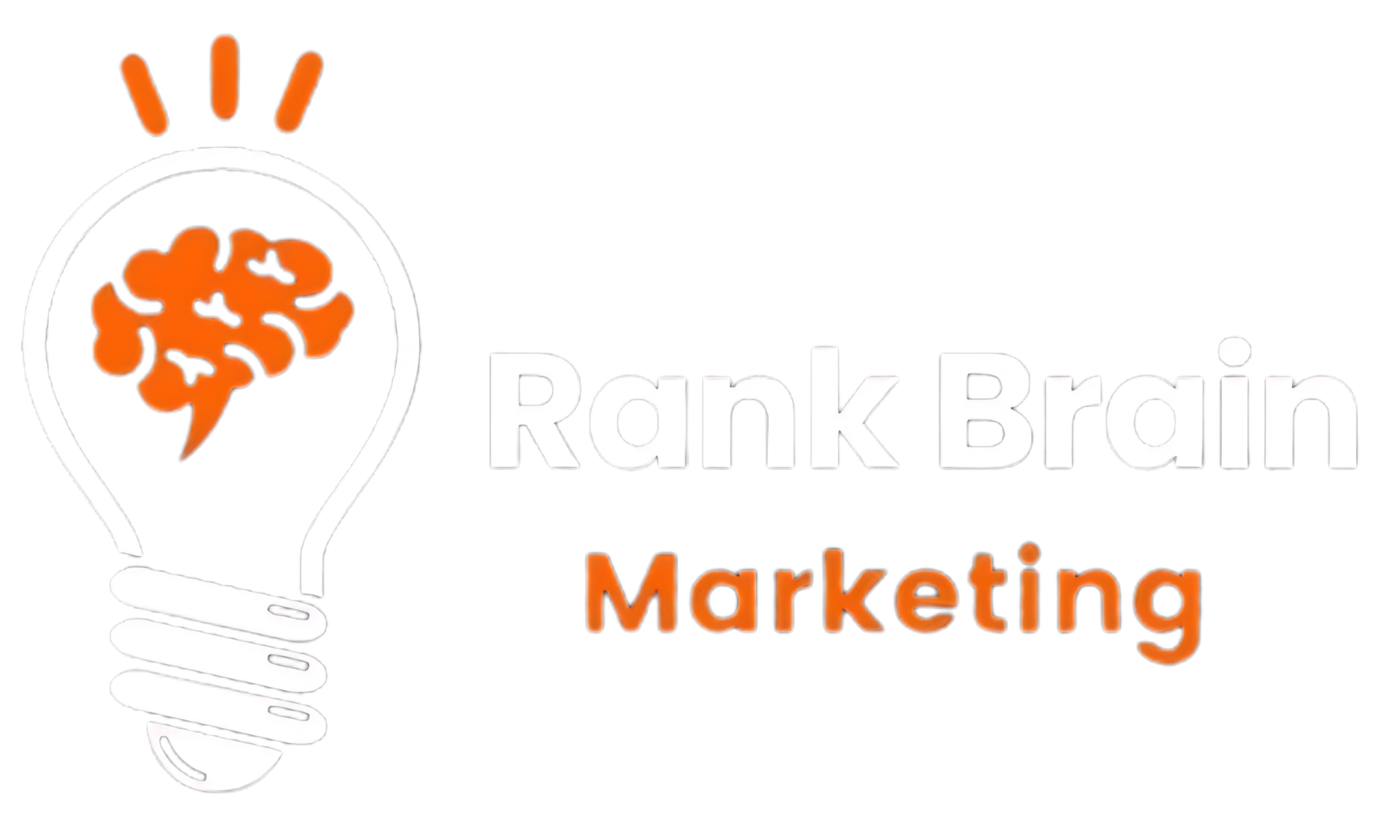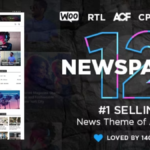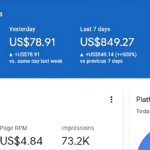When composing a blog post, it is essential to ensure that every element is present. A blog post must be fascinating, informative, and engaging, and this includes both the written content and the accompanying images.
Many bloggers are culpable of repeatedly publishing the same article. They are doing this because it is simple, but it is not beneficial to your website.
Here are some essential elements that will assist you in writing an outstanding blog post:
#1. Compelling Topic
The most important element of a blog post is a captivating topic. This indicates that your readers should be able to comprehend what you are attempting to convey without difficulty. This can be accomplished by using basic words and phrases to make your blog post’s content readily digestible.
If you are writing about a complex topic, it is recommended to employ more technical terms and vocabulary to ensure that your audience understands your message. This will make it much simpler for them to comprehend what you are saying than if they were completely unfamiliar with the topic.
A topic to which people can relate is essential. If your blog post has the potential to be something that readers will not want to miss, they will be more likely to share it with their peers and other readers.
#2. Powerful Headline
A compelling headline can either make or ruin a blog post. The headline is the most essential portion of your content, whether you’re writing for the web, social media, or an email newsletter. A compelling headline will attract readers to your blog post and encourage them to continue reading.
First, you must create a phrase or sentence that captures the audience’s attention and remains in their minds. Therefore, a strong headline should be able to function independently of the article’s other paragraphs. Your headline may not be shared as frequently on Facebook as one that contains a link to a video or an image, but it will still be shared on social media (and possibly many other sites). If you merely want to increase traffic to your blog post, a catchy headline will do the trick!
#3. Interesting Introduction
The most essential aspect of a blog post is its captivating introduction. It makes the reader want to continue reading and gives them a purpose to read your blog post.
The introduction must be captivating enough to encourage readers to continue reading. The appropriate length is neither too long nor too brief. The reader will only be interested in what you have to say if you pique his or her curiosity about what you will say next. Ensure that your introduction contains sufficient details about what you will discuss so that it does not feel like a summary of everything you already know about the topic.
#4. Table Of Contents
The purpose of this post is to provide you with a list of the most important elements a blog post should contain. I will also provide a few examples of outstanding blog posts to illustrate what these elements are and how to use them.
The first sentence or paragraph of your blog post is its introduction. It should introduce the who, what, when, and where of the subject under consideration. In other words, it should provide sufficient information about your topic for readers to comprehend your argument. This section should be kept concise and brief (a few sentences).
The body of your blog post contains the majority of the article’s content and is where readers engage in discussion by leaving comments on specific points or queries raised in the article. You may want to use headings, numbered lists, or underlined text to make things simpler for online readers, who do not have to wade through lengthy paragraphs as they do in books. If you have included images in your article, it may be prudent to place them in their own section so that they do not interfere with the flow of reading.
#5. Length
Your blog post’s duration is essential. If it is too lengthy, you risk losing the reader’s interest. If it is too brief, you’re not saying enough.
How many words should a blog post be? This depends on numerous variables: Nonetheless, what are you attempting to say? How much information must you provide to prove your point? And what type of audience do you intend to reach? I prefer to begin with a brief introduction and then provide additional information as the article progresses. This allows me to write with my intended audience in mind.
Your article should be approximately 1,000 words in length. The optimal range is between 800 and 1,000 words. Your article should be lengthy enough to cover all topics in depth without becoming tedious to read.
#6. Compelling Subheadings
It is essential to use subheadings to divide your blog post’s content into thought-provoking segments when composing one. If you have an intriguing idea that is too lengthy for one paragraph, divide it into two or three. Each subheading should be a summary of what follows, without being so brief as to loose the reader’s interest.
For instance, if you are writing about the launch of a new product, you could write:
“The introduction of new products is always a thrilling period for enterprises. In addition to providing an opportunity for growth and innovation, they can be challenging for employees.
Then, provide some information about how the launch was conducted and what transpired as a result.
#7. Search-Friendly URL
A decent blog post has an easily-remembered URL that is optimised for search engines. A excellent blog post has an easily readable, descriptive, and memorable title.
For instance, if your article is titled “How to Use Instagram for Business,” the URL could be “howtousethemagazine.com/instagram-business/” or something similar. This makes it much simpler for consumers to discover and share your online content.
#8. Appealing Visuals
A blog post is not a fragment of inert text. It is a multimedia presentation that compels your audience to read, share, and interact with your social media content.
Visual appeal is one of the most essential methods to distinguish your blog posts from the competition. Your images should be of high quality, unique, and pertinent to the subject at hand. Additionally, they should be straightforward and concise, with no more than three or four words per image.
You may want to consider hiring a designer who can create custom photography for you or using stock photos from websites such as Unsplash, which offer hundreds of thousands of free digital photographs for use in such projects.
#9. Useful Links
If you are going to compose a blog post, you must ensure that the post contains all the necessary information. The best method to accomplish this is to include links to additional resources in your article. These links can be an excellent method for readers to learn more about a concept or subject discussed in your post.
Internal and external links can be used to increase the value of your blog posts and enhance the reading experience. Internal links aid in elaborating on specific points made in the article, whereas external links highlight additional resources.
The most effective method for incorporating connections is by using annotations at the bottom of each page or bulleted lists throughout each section of text.
#10. Schema
Schema is a markup language for defining structured data on a website. By using consistent identifiers, adding schema to a blog post enables search engines to easily index your content. Schema is also helpful for increasing your website’s discoverability on social media platforms such as Facebook, Pinterest, and Twitter.
#11. Conclusion
Clearly, the blog post is a vital component of the content marketing strategy. The post should not be merely a list of links or text, but rather a focused and well-written piece that contains all required elements.
#12. Include An Author
In a blog post, you should include the author’s name. Adding a name to the article will enhance the reader’s comprehension of its content. This can be accomplished with an author’s byline or even a photograph.
This can be accomplished by including an author profile in the header. Include the name and contact information so that readers can discover additional information about your business or blog post.
#13. Suggest Related Blog Posts
It is essential to link your blog post to other blog posts and relevant content. You don’t want readers to click on a link and land on a page that has nothing to do with your blog post.
Utilise keywords in your article’s title to ensure that readers find relevant material. For instance, if you’re writing about something related to work, include “work” or “office” in the title to increase the likelihood that people will click on it and read it.
Including links at the conclusion of each paragraph or sentence in your article is a second method for ensuring that readers locate the appropriate information. This makes it simpler for them to traverse the post and locate other relevant posts or articles on similar sites.
Conclusion
We have identified thirteen essential components of an outstanding blog post. If you intend to write a blog post or launch a blog, use these strategies to make your posts stand out.










